5 Reasons to Use Drones on your Acres
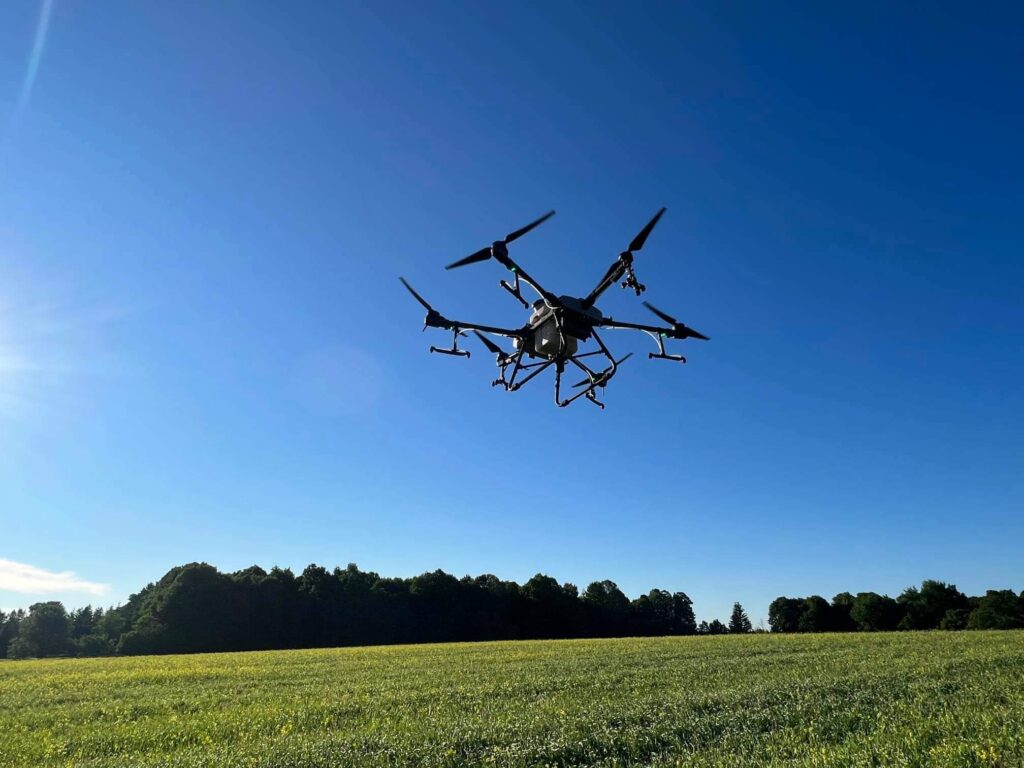
5 Reasons to Use Drones on Your Acres When it’s time to spray, how many times is it either too muddy, or you can’t get a plane scheduled? Ever had trouble getting cover crops seeded on time? Forget all that frustration. Things are looking up, thanks to today’s high-tech drones. […]
Put Biologicals to the Test
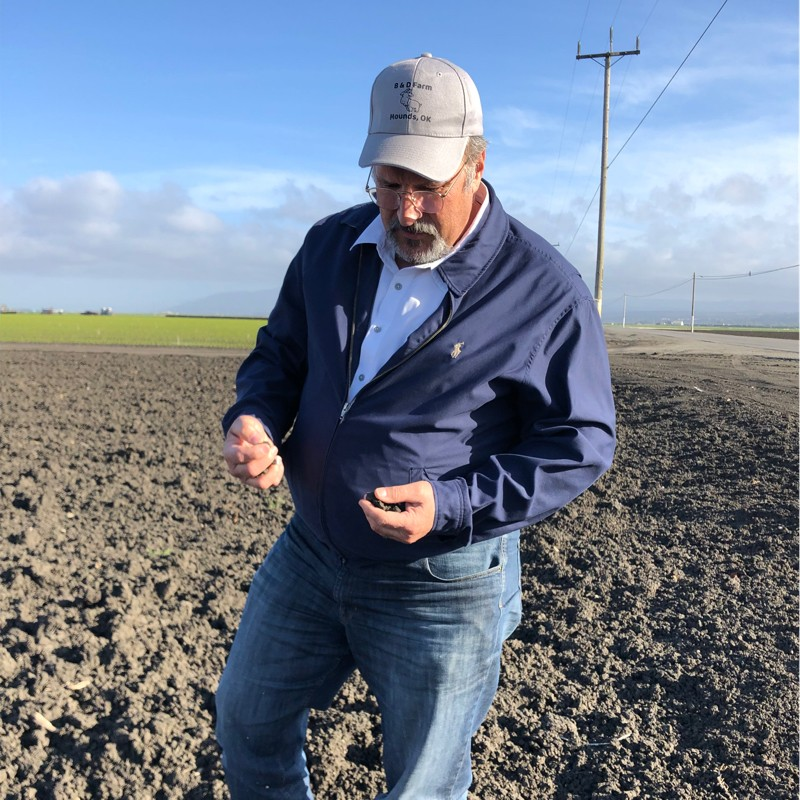
Put Biologicals to the Test, Cut Fertilizer Bill with BeCrop There’s a lot of buzz today about biologicals to boost crop yields, but can they really deliver on their promises? You don’t have to guess anymore, thanks to an advanced soil test that uses genomics to give you answers—and potentially slash your fertilizer […]
Is it time for a new vision for agriculture?
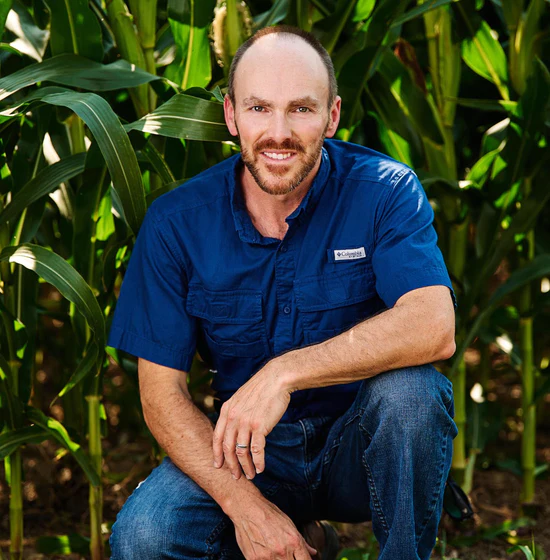
Is It Time for a New Vision for Agriculture? As 2023 gets underway, there’s a lot for farmers to manage, including high energy prices, soaring fertilizer costs, weather challenges and a potentially prolonged period of high interest rates. If it feels like the time to prepare for an uncertain future, that’s right. […]
Warehouse & Product Fulfillment Assistant Job
Warehouse & Product Fulfillment Assistant We want you to join our team. Apply Today! Responsibilities include assisting warehouse ad product fulfillment manager. Specific Tasks: Product Management & fulfillment Warehouse & administration building management & maintenance Vehicles & trailers oversight Seed handling & seed treatment management Specific Requirements Include: Team player and independent worker Must be […]
Livestock Product Sales Representative Job
Livestock Product Sales Representative We want you to join our team. Apply Today! This position is responsible for marketing and selling the Full-Circle Animal, manure and soil-plant system with emphasis on livestock and regenerative farming systems and services. Specific Tasks: Position and sell ProfitProAG’s products and services as part of the Full-Circle Animal, Manure and […]
Crop Production Sales Representative Job
Crop Production Sales Representative We want you to join our team. Apply Today! This position is responsible for marketing and selling “Farming the Controllables – Recipe for Success” with emphasis on crop input products, regenerative Ag systems and services. Specific Tasks: Position and sell ProfitProAG’s products and services Assist with the development and marketing of […]
Iris flowers
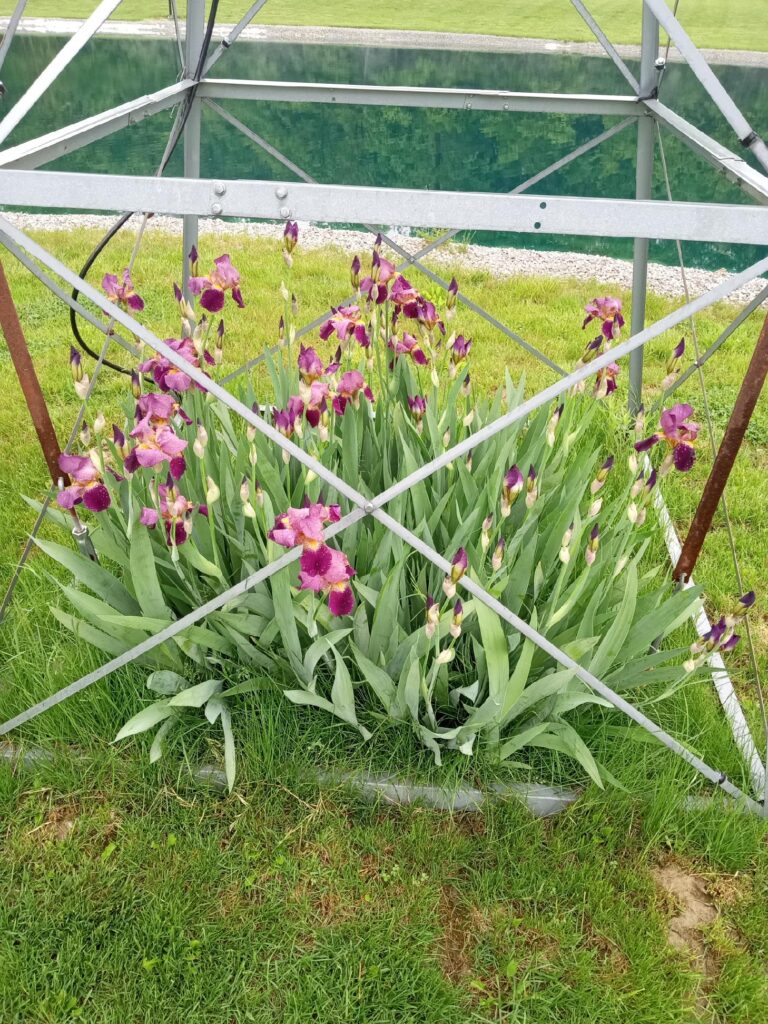
Testimonials Pat Bergman Ohio When we built our retirement home I planted bulbs from the Iris flowers (from my grandmother) that we had growing at the farm. They would not take hold or bloom worth a darn and I thought I was going to lose them. Last fall when I sprayed the corn stalks with […]
Want to Grow Better Beans?
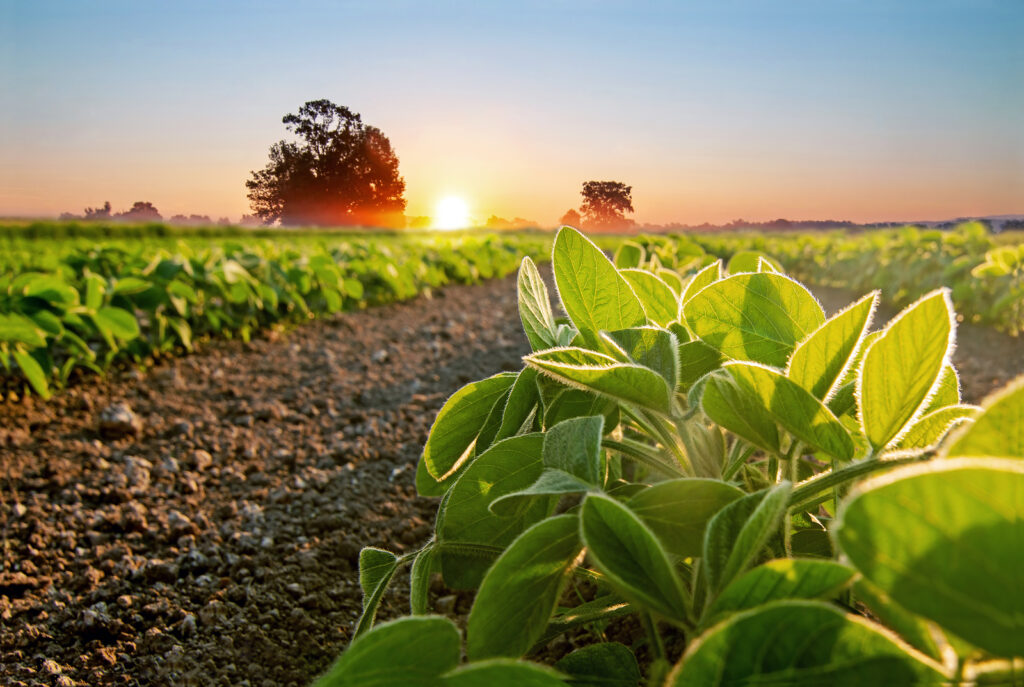
If crops were pro football players, corn would be the all-pro quarterback, while soybeans would be the benchwarmers. Admit it—corn often receives all the glory, but a lot of farmers tend to treat soybeans as an afterthought. It doesn’t have to be that way, especially if you want to grow better beans. Here are 5 things you need to know, from tillage to seed coatings. (Hint—if your seed coating doesn’t contain the beneficial fungus Beauveria bassiana, you’re missing out on a natural way to help protect your soybeans from insect pests and disease pathogens.) Click here to get the full story.
Manure Treatment Success
Manure treatment plans from ProfitProAG have proven successful to three farms in Wisconsin. Read up on their successes here,
ProfitCoat
ProfitCoat is a dry organic seed coating that promotes uniform emergence, increased seedling vigor, enhanced roothealth and standability throughout the growing season.
